The Mount Mulligan mine disaster of 1921 shocked the nation and brought about badly needed changes to legislation.
Mine safety professionals across the country were forced to reassess their attitude to handling explosives in so-called ‘gas-less’ mines after the Mount Mulligan mine disaster of 1921. The disaster was also the impetus for the passing of a Coal Miners Act in Queensland that would ban the use of open flames in underground coal mines. Not before time.
Located in North Queensland, west of Cairns the Mount Mulligan mine was opened just six years before a series of horrifying explosions ripped through the coal mine on the morning of 19 September 1921. The explosion could be heard 30 kilometres away and devastated the people of the fledgling Mount Mulligan township.
Seventy-five workers were killed. There were no survivors. Only 11 of the bodies were retrieved in what stands as the third most deadly coal mining accident in Australia. The explosions were so powerful that they killed four people who had merely been standing at the mouth of the pit at the time.
Witnesses who rushed to the mine on hearing the explosion reported heavy black smoke billowing from the mine’s entrance and the surrounding grass smouldering from the force of the explosion. Large pieces of debris were strewn up to 40 metres away. It was immediately apparent to all that the chances of anyone surviving underground after an explosion of that magnitude were slim.
A rescue effort was begun within minutes of the explosion and lasted for five days. Despite the heroic efforts of several hundred volunteers from far and wide, no survivors were found and only 11 of the bodies were recovered.
The accident was particularly shocking as the mine was widely considered safe and had no previous indications of gas leaks. The assumption that the mine had a low gas risk would prove to be the undoing of the 75 unfortunate miners; they worked under the flickering light of an open flame instead of the electric safety lamps that were available at the time.
At the time of the disaster the small close-knit community of Mount Mulligan had a population of just 360. Every household in the town suffered a loss. In a tragic quirk of fate, just two weeks before the disaster, the townspeople had voted to establish a cemetery on the outskirts of town. That cemetery would soon experience a tragic boom in population.
Finding of the Mount Mulligan Royal Commission
A Royal Commission into the accident found that the explosions were triggered by the detonation of fire damp.
Giving evidence before the Commission, Edgar Smith, Government Geologist, said that “from the reckless way in which explosives were handled at the mine he would not be surprised at anything that happened”. Smith said explosives were handled in a very careless manner and he considered that going into the mine after the explosion was one of the bravest things imaginable and that it was remarkable that more men were not lost in the rescue work.
In their findings handed down, the Commission found that “The cause of the ignition was the firing of an explosive, either accidentally or otherwise, on top of a large block of fallen machine cut coal, such explosive not having been placed in a shot hole”.
“It is difficult to understand how explosives, which were being used in an ordinary way could be used in this spot,” the report continues, “Alternatively the conclusion that obtrudes itself is that a shot was placed on this block of coal to break it so as to facilitate handling, and it exploded prematurely, either because of a defect in the fuse or from some other cause, such as a fall of the roof stone or an explosion of coal dust.”
“The Commission points out in its findings that it travelled the working face and roads of the mine and passed out of the entrances of both the intake and return tunnels.”
The Commission also finds that explosives were distributed, carried, used, and stored underground in a careless manner without regard to the regulations; that an uncertified deputy was employed in the mine contrary to the regulations; that the mine was dusty and extremely dry and no adequate means were adopted to render the dust innocuous, as prescribed by the regulations; and that the departmental inspections were made by men without colliery experience and without the necessary equipment, and were not made as frequently as were necessary.”
Among other recommendations made by the Commission was that the Mines Department of the day should “seek the co-operation of the other states in the establishment of an experimental station in Australia for the purposes of carrying out research work in matters relating to explosions in mines, their prevention, and the limiting of their effects.”
The aftermath of Mount Mulligan Mine Disaster
Following the Mt Mulligan disaster, a separate Coal Mining Act was introduced in Queensland to bring in measures to protect coal miners. In this Act provision was made for:
- the appointment of Mines Inspectors who must have practical mining experience;
- the recording of mine deputy safety inspections in individual reports;
- specifically designed and “permitted” explosives and rules for their use in coal mines;
- the use of safety lamps or electric camp lamps for lighting for individual miners and the banning of naked lights;
- rules for the application of stone dust;
- the establishment of Mines Rescue Stations in all mining districts;
- rules for air flow and the use of ventilation fans.
Sadly, the introduction of these provisions was too late for the Mt Mulligan miners who perished in 1921.
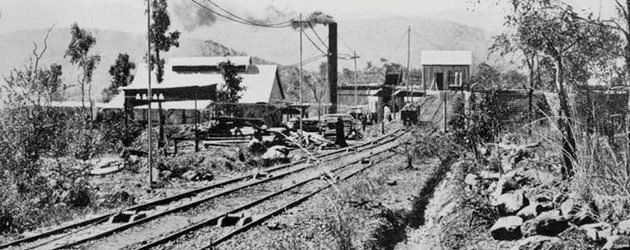
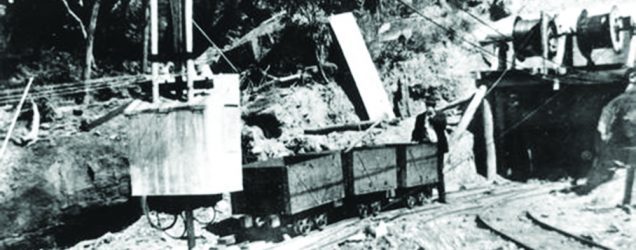
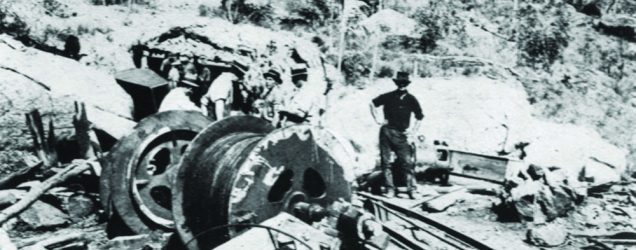
Never let the truth get in the way of a good story
A rich tapestry of folklore has sprung up around the Mount Mulligan mine disaster, some of it based on real events and some of it based on furtive imaginations.
One tale that is still told to this day concerns a mysterious carving on the side of Mount Mulligan. The story goes that some weeks after the disaster, the date “1921” appeared in enormous numerals on the mountain face, and that the inscription can still be read in the right light of day. Perhaps after a beer or two.
At the time it was also reported that at a Sunday dance just before the explosion, a young girl sang an ominous song that would prove devastatingly prophetic.
Called ‘The Song of the Miner’s Child’ the lyrics echoed the feelings of every miner’s family.
‘A miner was leaving his home for work
And he heard his little girl scream
He went to the side of the little girl’s bed
Oh daddy, I’ve had such a dream
Don’t go off to work today for dreams so often come true
Oh daddy, my daddy, please don’t go away I never could live without you
‘Go down to the village and tell your dear friends
As sure as the bright stars do shine
There’s something that going to happen today
Daddy don’t go down the mine.’
Another tale tells of the disaster being manifested by the local Djungan Aboriginal peoples, outraged at Europeans mining a mountain they considered a sacred Dreaming Place. The Djungan believed the mountain, known to them as Ngarrabullgan, was the home of a ‘white horse’ and the spirit Eekoo. While the Djuangan may not have been responsible for events, they certainly believed that the disaster was instigated by the spirits of the mountain in retribution for the intrusion of the mine.
In a Queensland gold prospecting story, author Ion Idriess describes Ngarrabullgan thusly:
“Farther out in those Chillagoe lands an outstanding landmark on the Hodgkinson is a massive wall of rock overlooking ‘Mulligan’s goldfield’. A meeting-place of the aborigines from time immemorial, it has seen the passing of a thousand tribes.”
One of the most poignant (and true) stories of the Mount Mulligan mine disaster involved a coal miner from England who had a horse to thank for saving his life.
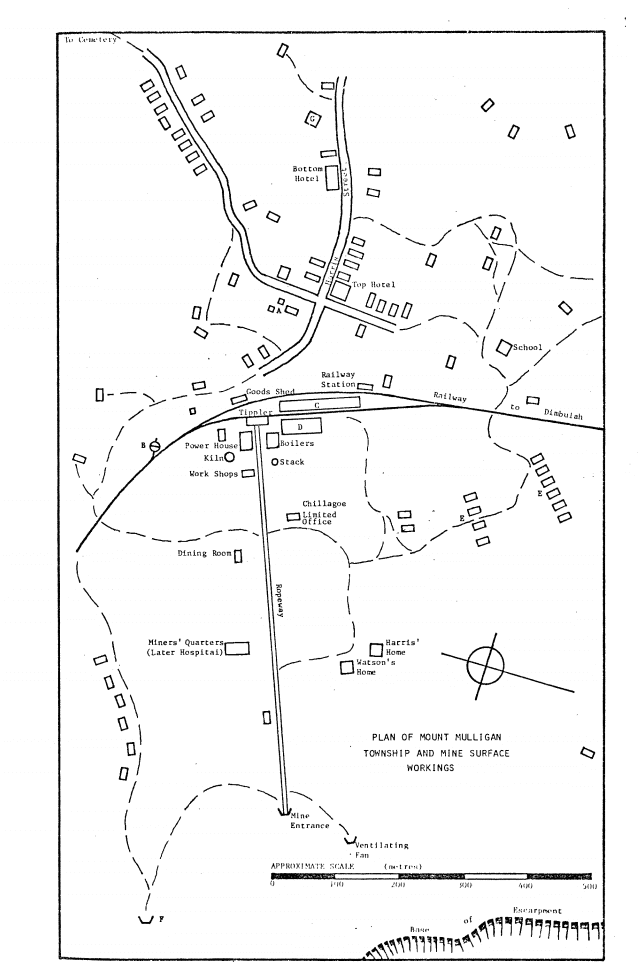
Arthur Griffiths, who had a crippled right arm, had worked at the Mount Mulligan coal mine for the six years it operated before the accident. Griffiths was a close pal of fellow miner Jack Fitzpatrick who started work at the Mount Mulligan mine the same time as Griffith. Some weeks before the Mount Mulligan disaster, Griffiths was taken to the Mareeba Hospital with a broken leg after being thrown from a horse. He was still convalescing at the hospital with his broken leg when news broke of the explosion at Mount Mulligan. Notwithstanding his still badly injured leg, Griffith left the hospital by the first train and immediately joined the other volunteers in the rescue effort. Griffiths was, unfortunately, the one to carry the dead body of Fitzpatrick out of the mine, after recognising the body only by a deformed thumb.
“… going into the mine after the explosion was one of the bravest things imaginable, and that it was remarkable that more men were not lost in the rescue work.”
Read more Mining Safety News and History that shaped Mine Safety


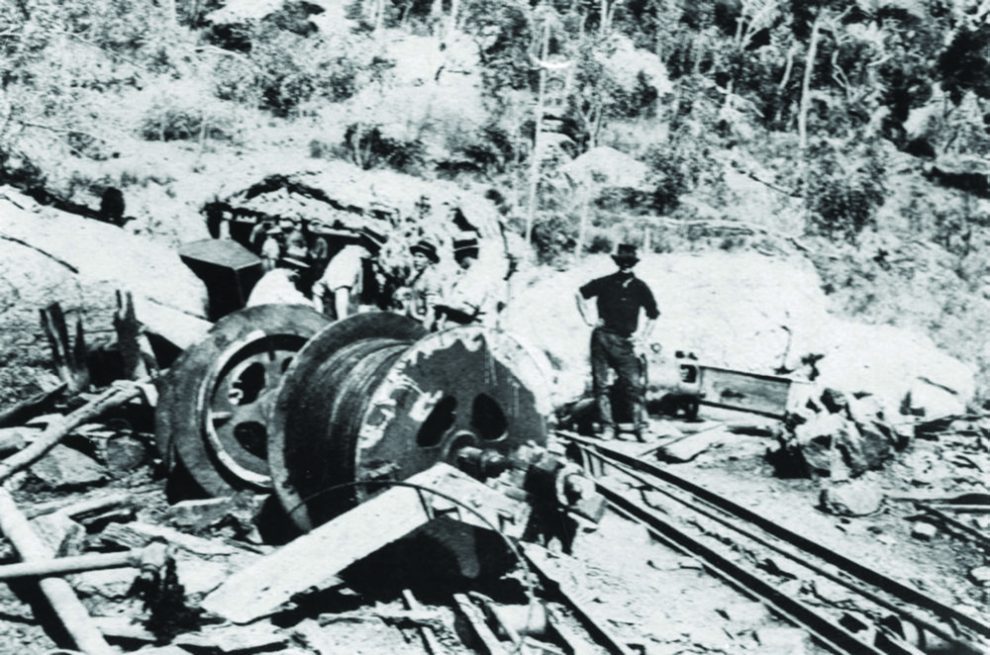
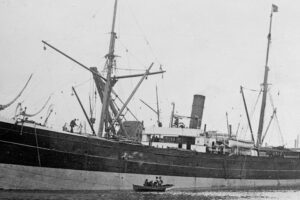
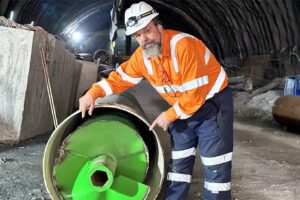









Add Comment